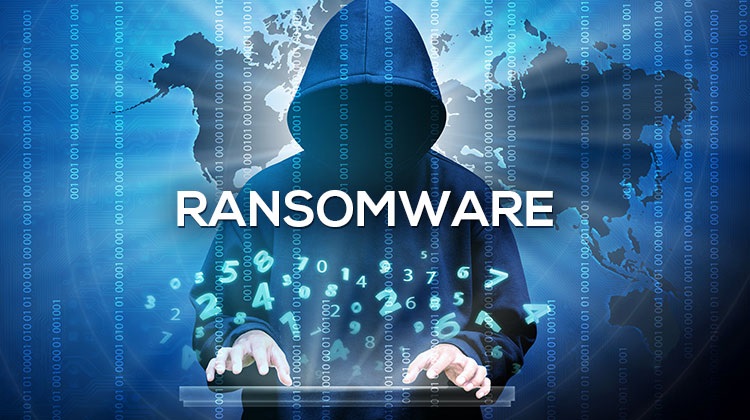39% of ransomware victims in the META region paid the ransom to restore access to their data last year, according to a global study of 15,000 consumers conducted by global security company Kaspersky. Yet for 23%of those, paying the ransom did not guarantee the return of stolen data. However, as public awareness of potential cyberthreats grows there is reason for optimism in the fight against ransomware.
Ransomware is a type of malware which criminals use to extort money. It holds data to ransom using encryption or by locking users out of their device. Kaspersky’s report, ‘Consumer appetite versus action: The state of data privacy amid growing digital dependency’, found that, for around a quarter of respondents (34%), the estimated money loss was less than $100, for nearly a quarter (24%) – $100 – $249 for 23% it ranged from $250 to $1999, but for 3% totals reached between $2,000 and $4,999.
Whether they paid or not, only 16% of victims were able to restore all their encrypted or blocked files following an attack. More than half(62%) lost at least some files, 36%lost a significant amount, and 26%lost a small number of files. Meanwhile, 16%who did experience such an incident lost almost all their data.
“This data shows we have seen a significant proportion of consumers paying a ransom for their data over the past 12 months. But handing over money doesn’t guarantee the return of data, and only encourages cybercriminals to continue the practice. Therefore, we always recommend that those affected by ransomware do not pay as that money supports this scheme to thrive,” comments Marina Titova, Head of Consumer Product Marketing at Kaspersky. “Instead consumers should make sure to invest in initial protection and security for their devices and regularly back up all data. This will make the attack itself less appealing or lucrative to cybercriminals, reducing the use of the practice, and presenting a safer future for web users.”
At present, three-in-10 (31%) of those surveyed claimed they were aware of ransomware over the past 12 months. It’s important that this number rises as remote working becomes more prolific. To better help consumers protect themselves as they learn more about this form of cyberattack, it is vital that they understand what to look out for, and what to do if they encounter ransomware.
Kaspersky recommends the following:
Do not pay the ransom if a device has been locked. Paying extortionate ransoms only encourages cybercriminals to continue their practice. Instead, contact your local law enforcement agency and report the attack
Try to find out the name of the ransomware Trojan. This information can help cybersecurity experts decrypt the threat and retain access to your files.
Visit noransom.kaspersky.com to find the latest decryptors, ransomware removal tools, and information on ransomware protection
Avoid clicking links in spam emails or on unfamiliar websites and do not open email attachments from senders you do not trust
Never insert USBs or other removal storage devices into your computer if you do not know where they came from
Protect your computer from ransomware with a comprehensive internet security solution like Kaspersky Internet Security
Backup your devices so your data will remain safe if you do experience a ransomware attack
Please visit this page to read the full report.

